Four Artists Open up About AI and the Future of Their Craft
The AI art movement is in full swing. And while it has a fair amount of controversy attached to its name, there’s simply no going back. Billions of people across the globe are using programs like Midjourney, Stable Diffusion, DALL-E, and plenty more to engage in artistic expression daily and on a scale that humanity has never before witnessed. And, given its penchant for embracing new technology, the NFT community has taken to these tools as quickly as anyone. As a result, we’re now starting to see a proliferation of NFT art whose creators have infused their work with AI on at least some level — and we couldn’t be more excited.
Since 2023 crested into view this month, Web3 futurists and crypto skeptics have speculated about trends that might pop up as the year progresses. Much remains uncertain, but few would doubt that art made with generative AI tools will play a massive role in the NFT space this year and beyond. With that in mind, we spoke to four artists in the NFT community to learn how they began using AI tools, their artistic processes, and how they view the intense debate surrounding what they do. Don’t sleep on them.
Stephan Vasement
Stephan Vasement is a Bangkok-based visual artist with a background in scriptwriting and photography. Starting his NFT journey as a collector on fxhash, Vasement began experimenting with AI art tools with friends when he stumbled across Disco Diffusion, a clip-guided diffusion model for image generation, in the summer of 2022.
“At the time, I don’t think we had any grand goals or ambitions,” explained Vasement while speaking to nft now. “We were simply enjoying the outcome and selling the images for a symbolic fee to each other on Objkt and Versum. Then, the community began to grow, and gradually we came to what we have now. I was amazed that AI can generate so many unique images and that the possibilities of creating new art are endless.”
Produced through a combination of Midjourney, DALL-E, and Stable Diffusion and drawing heavily on influences from film directors like Andrei Tarkovsky, Peter Greenaway, and Robert Bresson, Vasement also finds inspiration in music for his pieces.
“I think these characteristics help me create a certain atmosphere of mystery,” elaborated Vasement. “With their help, I can quickly immerse the viewer in my world. The most important thing I want to achieve is the feeling of a beautiful, magical, and memorable moment that will stay in the viewer’s memory for a lifetime. I believe that everyone has such moments, mostly from childhood.”
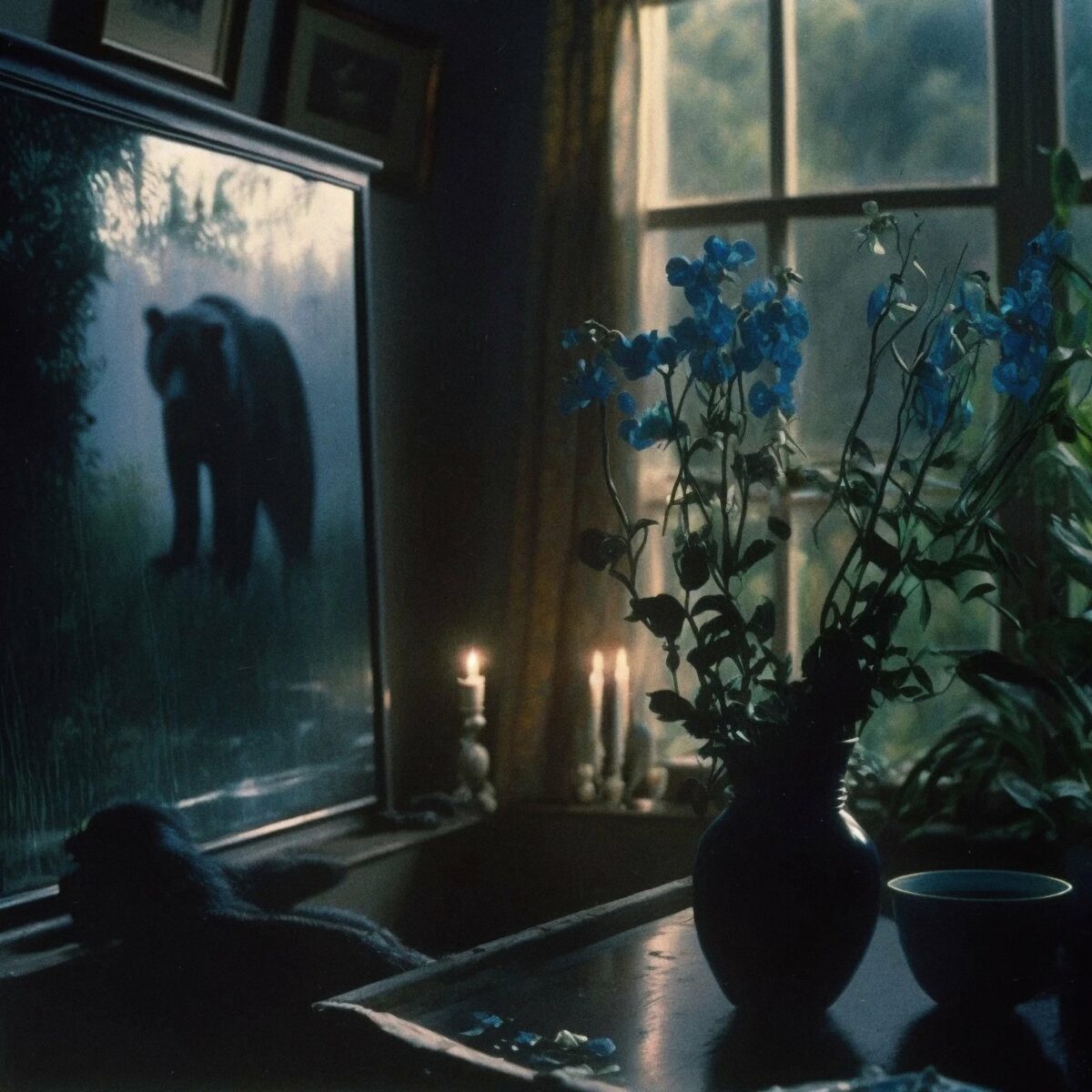
With the launch of Vasement’s C Series on Objkt in July 2022, he began to catch the attention of art lovers and collectors in the NFT space. To create the series, Vasement “went under the hood” of MidJourney to make significant changes to its algorithm, which resulted in the unique style the series exhibits.
“I had not seen anyone else doing anything similar, and now no one will be able to — in one of the Midjourney updates, the loophole I was working through was closed,” explained Vasement.
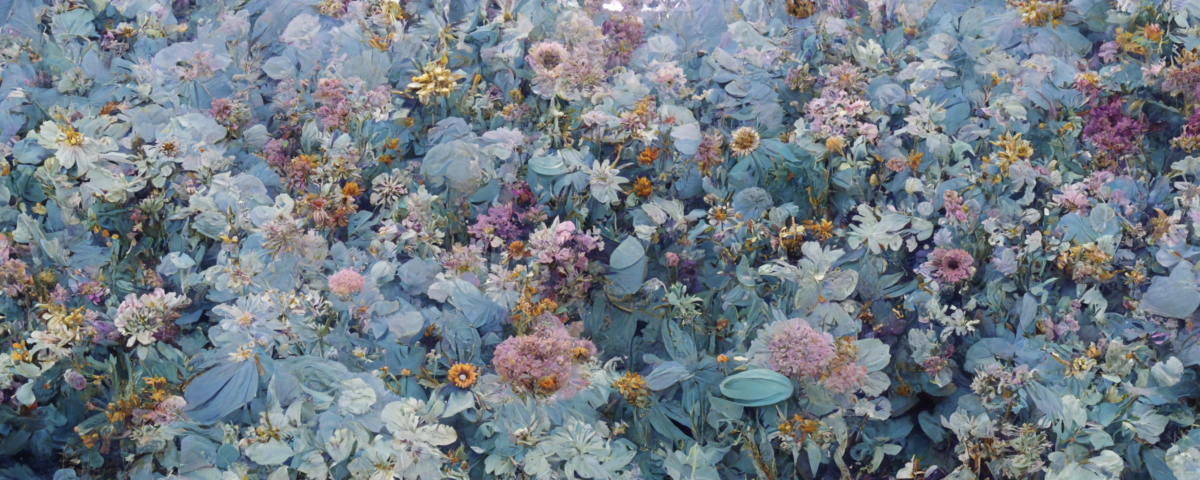
While he still has nearly 500 ready-made works from the C Series in reserve, Vasement is looking toward the future, currently preparing drops for an upcoming release on Foundation that honors the series but takes his work in a new direction. Commenting on the recent explosion of controversy surrounding AI art tools, the artist was matter-of-fact.
“Never apologize for using AI. We have nothing to apologize for or be ashamed of.”
Stephan Vasement
“I simply ignore the discussion,” Vasement offered. “It is not significant in our time, especially in the NFT world. We communicate with collectors directly, and we don’t have intermediaries who try to limit our ability to share or sell our work based on their beliefs. I advise everyone who works with AI and is not sure they can stand up for themselves to avoid this topic. And most importantly, never apologize for using AI. We have nothing to apologize for or be ashamed of.”
MemoryMod
MemoryMod is a Brooklyn-based CGI artist with a background in digital sculpture and rendering, VR development, and photogrammetry who has created digital sculptures for Marvel and Netflix productions. While they began their artistic journey by exploring analog media like 35mm photography and painting, MemoryMod’s professional career has taken them deeper into the world of coding and motion graphics programs. A general fascination with new technology drew them to the crypto and NFT space when they discovered Ethereum in 2017. MemoryMod began to see the potential of AI art when Stable Diffusion came out in August 2022 and allowed users to run the program on their computers locally.
“At first, the prompting was the fun part, but the thing that got me really excited was the ability to train my own models and guide the output toward a more personal style that I identified with,” MemoryMod said in an interview with nft now. “My current style has always been there; it has been present as a potential idea and aesthetic since my first investigations with AI. That’s the interesting thing about AI: it allows you to develop latent ideas quite fast. Even though the refinement of the work, based on iterations, does take time, my experiments with custom-model training allowed me to develop my unique style. The result was the creation of my Genesis Series.”
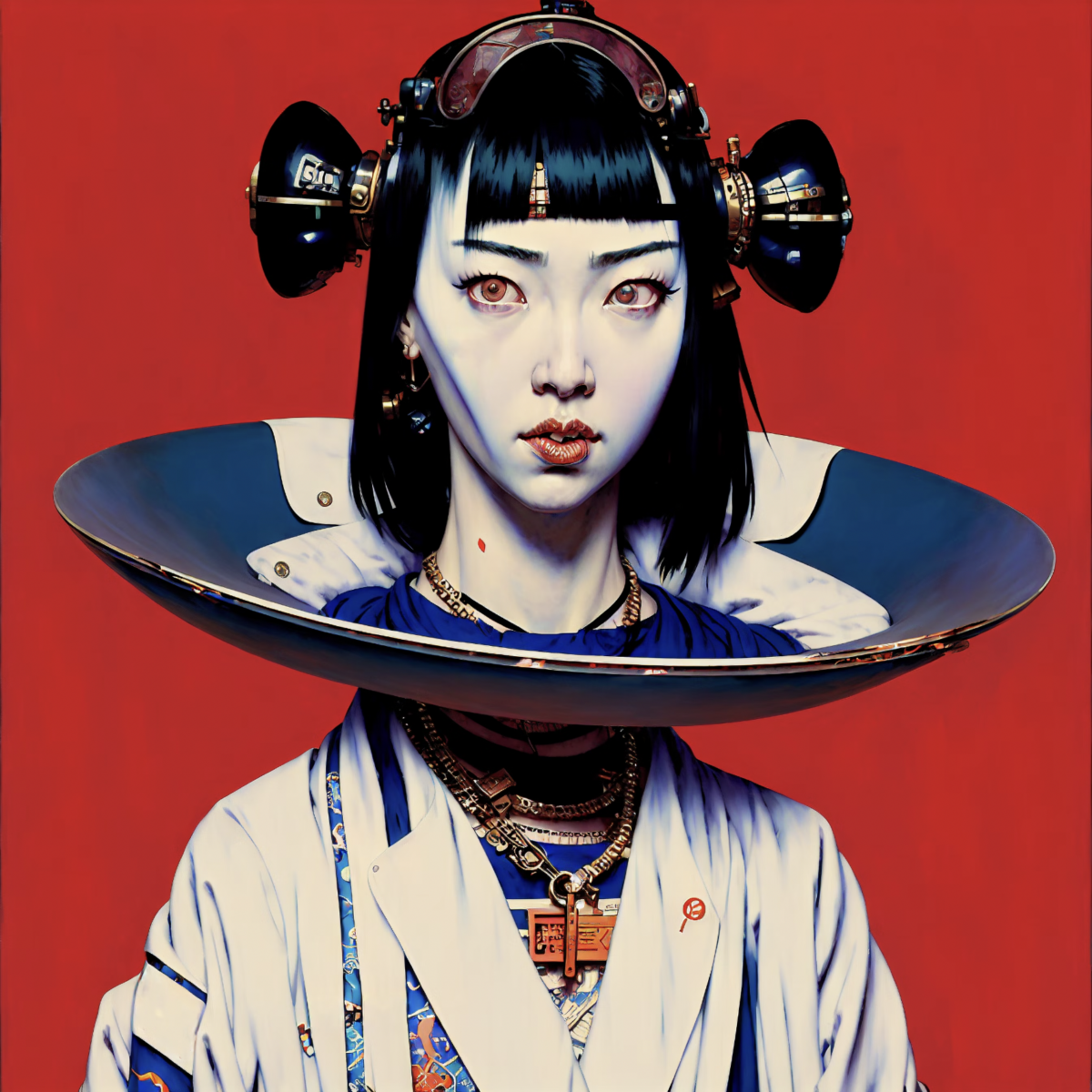
The name “MemoryMod” stands for “memory modification,” referring to the interactive dynamic that comes with AI tools. MemoryMod sees this dynamic as a playful one, taking something familiar — like a memory — and modifying it to create something unique and specific to an artist’s preferred style. Their aesthetic heavily references sci-fi and Cyberpunk themes, and the artist believes their name embodies the interplay between technology, art, and the intimate and personal found in those traditions. When describing their influences and artistic inspirations more specifically, MemoryMod points to iconic productions such as Blade Runner, Ghost in The Shell, Mad Max, Snow Crash, and Autogenic Dreaming as standouts.
“My Genesis Series rests heavily on style, character, and diversity,” the artist says. “I hope people relate to this unique envisioned world and find it original while also finding a sense of wonder in it.”
MemoryMod’s work has been well-received, with “Stemma,” the artist’s entry to Claire Silver’s second AI art contest, taking third place in that competition. MemoryMod’s current work is done in Stable Diffusion on custom-trained models. In the future, the artist plans to integrate their workflow into other digital programs and explore more animation techniques by experimenting with programs like TouchDesigner and AfterEffects.
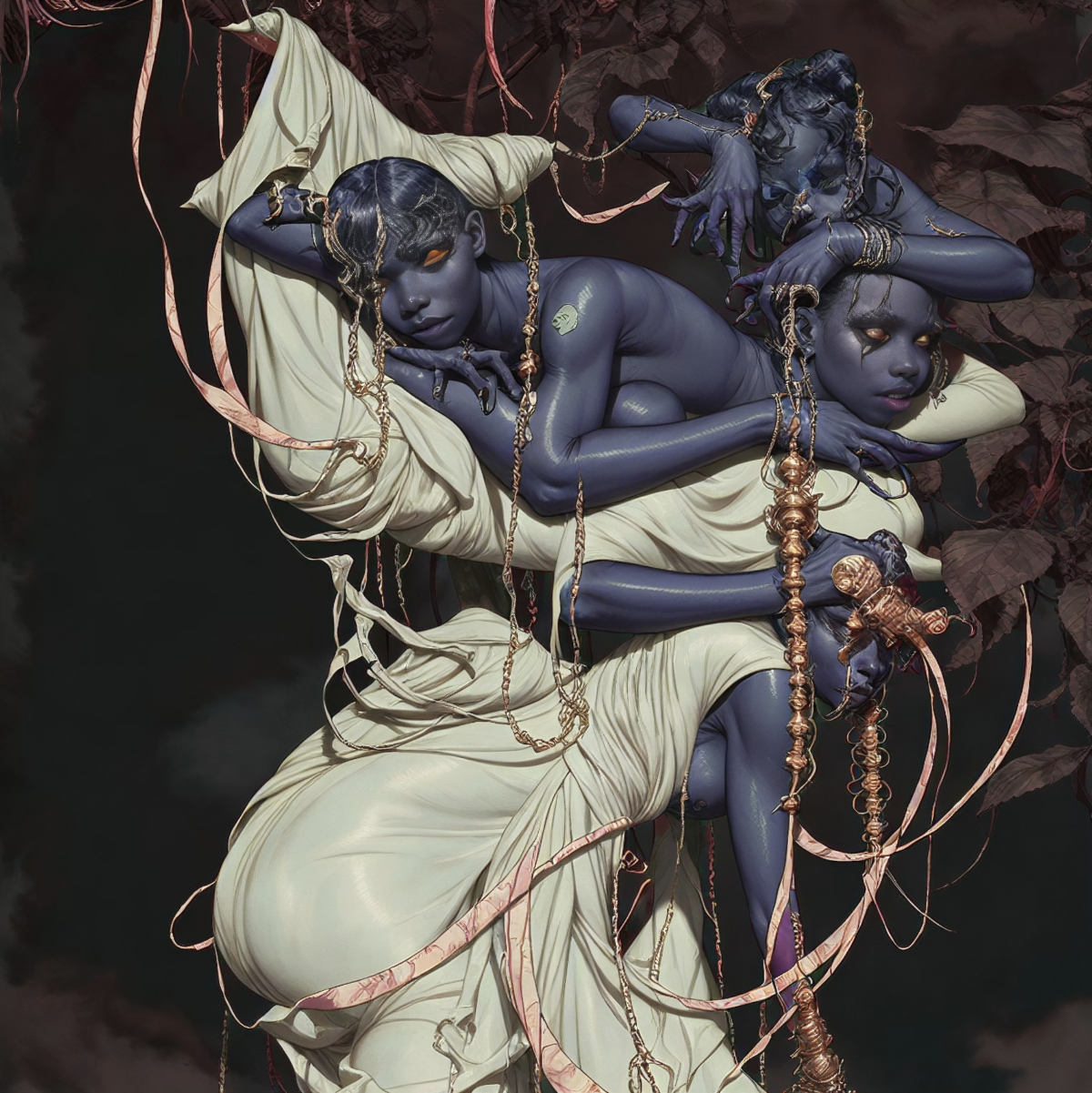
“The interesting thing about custom training models is that it seems to evolve the entire model,” MemoryMod elaborated. “Use the same prompt before and after training — preferably one that does not include the words used for training — and a glimpse of universal change will show itself to you. I find this process exciting, especially after training the same model five to seven times and then maybe merging it with other trained models. This has a powerful effect on the entire outcome and can lead to both expected and unexpected results that are fun to play with.”
Addressing the critical headwinds the AI art movement currently faces, the artist pointed to history as a guide. They noted that disruptive technology has always been met with fear and concern for how it might change the lives of the people most closely connected to it and the world broadly.
“I think we need to proceed thoughtfully and carefully going into the future.”
MemoryMod on AI’s Future
“The introduction of the photographic camera and mechanical reproducibility back in the 19th century sparked many debates around the role of subjectivity in the artistic process, as well as conversations about the manners in which this technology reconfigured our relationship to time and memory themselves,” MemoryMod offered as a reflection. “AI already forms part of our world and practices and will most likely only become more integrated into all aspects of life going forward. How this change will continue to manifest in the world of art, science, and daily interaction is yet to be fully realized, but the potentials make me both excited and concerned. I think we need to proceed thoughtfully and carefully going into the future, thinking about our own ethical position with respect to this powerful technical tool known as AI.”
Data Velvet
Data Velvet is a graphic designer and UI/UX designer who stumbled onto NFTs in early 2021. Combining their love of data visualization with an affection for landscape and Japanese culture, Data Velvet began experimenting with Artbreeder, CLIP-guided diffusion, Midjourney, and Stable Diffusion resulting in the artist’s first AI NFT collection, Datascapes.
“With the arrival of NFTs, I saw that artists could now finally do what they love and make an income from it,” said Data Velvet while speaking to nft now. “Before, this was available to only a handful of very popular artists. But the NFT alone wasn’t enough because my drawing skills don’t allow me to bring my ideas to life. And that’s where the AI kicks in.”
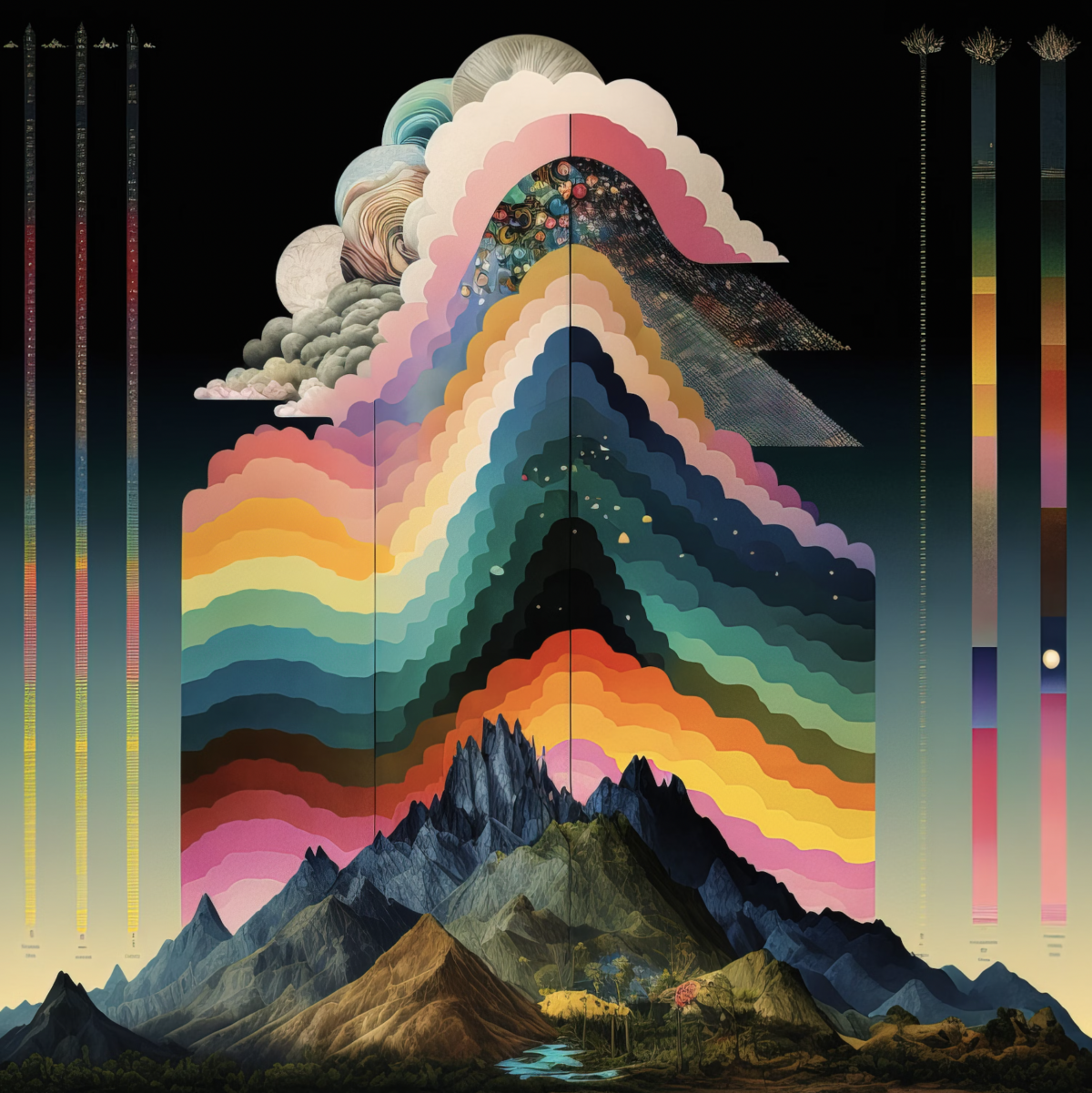
While describing their prompt craft (the specific way they craft the prompts that go into AI art tools like Midjourney), Data Velvet notes that they spend countless hours trying different conceptual and syntactic combinations to achieve a desired result. “My process is all about finding a gem among hundreds of shards,” they underlined. They’re also adamant that AI art tools have enabled their current artistic trajectory to exist.
“If everyone is an artist and creator to some degree, maybe we’ll find ourselves in a more empathetic world.”
Data Velvet
“My whole art journey wouldn’t be possible without AI,” Data Velvet said. “If you have an idea but can’t implement it because of various limitations, and then you get a tool that helps you finally get your ideas to life, that’s a great tool. AI art helps a lot of people as a therapy. It’s very important for a human being to understand that he is capable of creating things, even if he is only ‘writing words.’ And most importantly, I think art helps foster empathy in people. And that’s something we desperately lack in today’s world. If everyone is an artist and creator to some degree, maybe we’ll find ourselves in a more empathetic world.”
Jenni Pasanen
Finland-based visual artist Jenni Pasanen deals in the ethereal. Melded with AI, her NFT artwork is haunting and serene, frequently depicting abstract beings and scenery that wouldn’t be out of place in a fantasy novel. With a background in design and animation, Pasanen has experimented with digital painting for the last 15 years. She began teaching herself about crypto and NFTs in 2020, creating her first collection in March 2021.
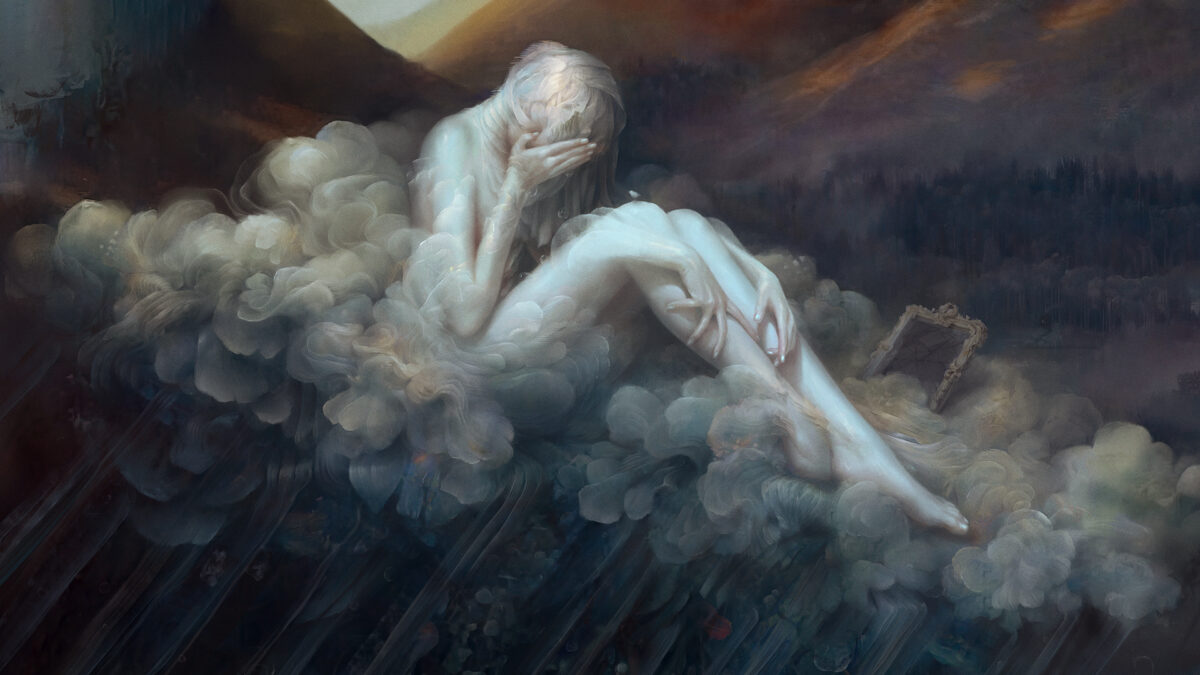
“Around the same time I was introduced to NFTs, I also discovered AI art,” Pasanen said in an interview with nft now. “I was mesmerized by the endless possibilities the medium could offer, and it immediately resonated with me. I knew I had finally found my home in art. From that moment on, I have been using AI as a part of my craft. It was the missing piece I had always been looking for. By combining AI and digital painting, I am able to bring together my passions for art, technology, and knowledge. AI serves as both my paint and my muse; it’s an unlimited playfield of creativity, allowing me to dive into my imagination.”
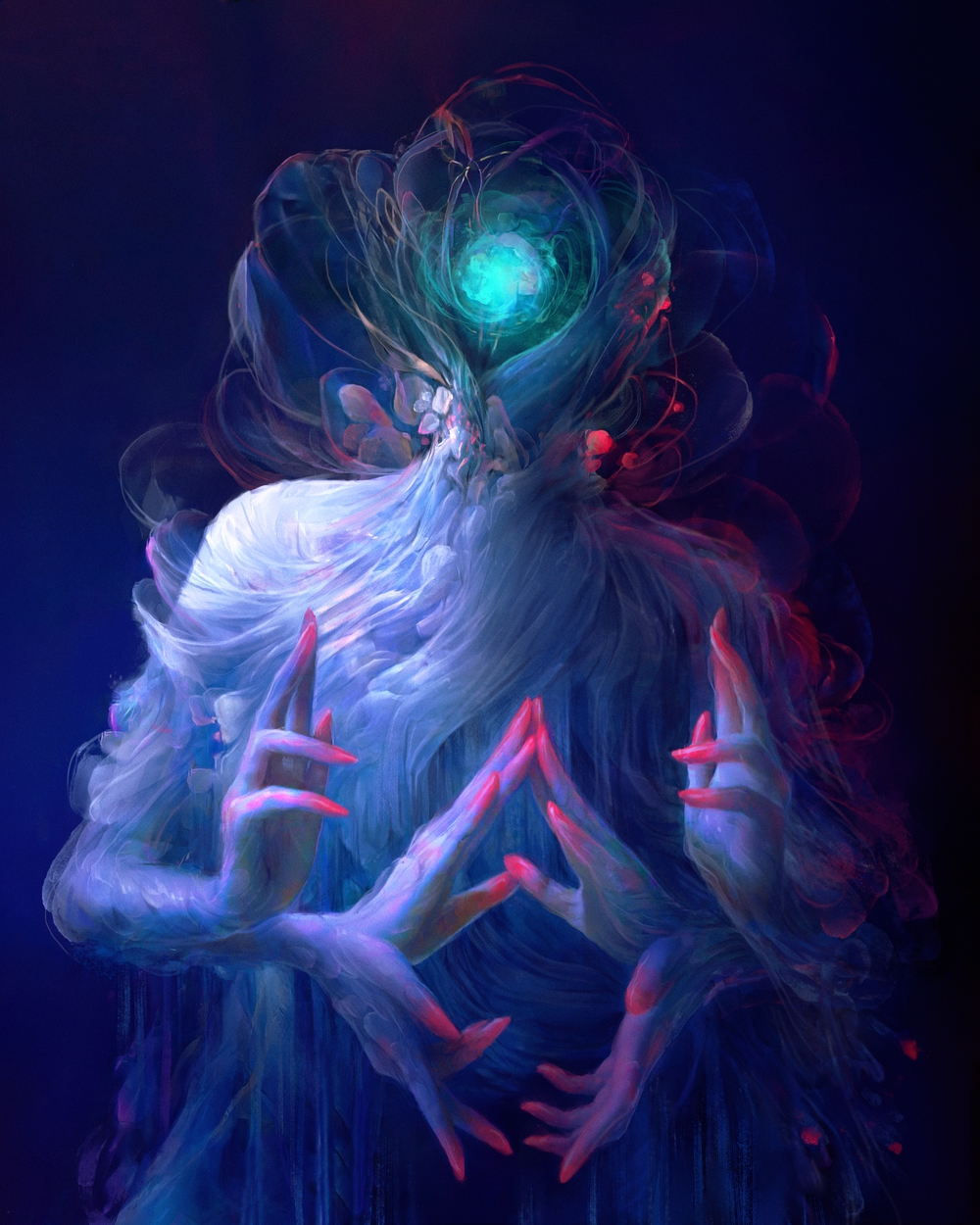
Pasanen uses Photoshop and Artbreeder as her main artistic tools of choice, the latter of which uses BigGAN and StyleGAN models. Pasanen compares her workflow between Photoshop and AI to a “layered cake,” with inspiration starting with an abstract generated AI image. Moving to Photoshop from there, she layers and combines images with digital painting. Fascinatingly, instead of beginning a piece of artwork by “scribbling a mess on canvas to find inspiration between the shapes and lines,” as Pasanen described it, she has replaced this initial stage with AI, letting the models do the messy scribbling for her.
On AI’s controversial front, Pasanen advocates for more understanding both ways.
“Open discussion and learning from [one] another is always common ground for building a future together.”
Jenni Pasanen
“As well as traditional artists learning how AI works and what it is, AI artists should also learn the origin of the tools and understand and hear out the concerns coming from the non-AI artists,” Pasanen emphasized. “Open discussion and learning from [one] another is always common ground for building a future together. AI is still such a new tool, and the discussion is still in its baby shoes. There isn’t yet just one right answer.”
Editor’s note: The author owns NFTs from several artists mentioned in this piece.
Credit: Source link


 Bitcoin
Bitcoin  Ethereum
Ethereum  Tether
Tether  XRP
XRP  Solana
Solana  Dogecoin
Dogecoin  USDC
USDC  Cardano
Cardano  Lido Staked Ether
Lido Staked Ether  TRON
TRON  Avalanche
Avalanche  Sui
Sui  Wrapped stETH
Wrapped stETH  Chainlink
Chainlink  Toncoin
Toncoin  Shiba Inu
Shiba Inu  Stellar
Stellar  Wrapped Bitcoin
Wrapped Bitcoin  Polkadot
Polkadot  Hedera
Hedera  WETH
WETH  Bitcoin Cash
Bitcoin Cash  Uniswap
Uniswap  Pepe
Pepe  Litecoin
Litecoin  LEO Token
LEO Token  Hyperliquid
Hyperliquid  Wrapped eETH
Wrapped eETH  NEAR Protocol
NEAR Protocol  Ethena USDe
Ethena USDe  USDS
USDS  Internet Computer
Internet Computer  Aptos
Aptos  Aave
Aave  Mantle
Mantle  Render
Render  Bittensor
Bittensor  POL (ex-MATIC)
POL (ex-MATIC)  Cronos
Cronos  Ethereum Classic
Ethereum Classic  Virtuals Protocol
Virtuals Protocol  Artificial Superintelligence Alliance
Artificial Superintelligence Alliance  Arbitrum
Arbitrum  MANTRA
MANTRA  Monero
Monero  WhiteBIT Coin
WhiteBIT Coin  Tokenize Xchange
Tokenize Xchange
Comments are closed.